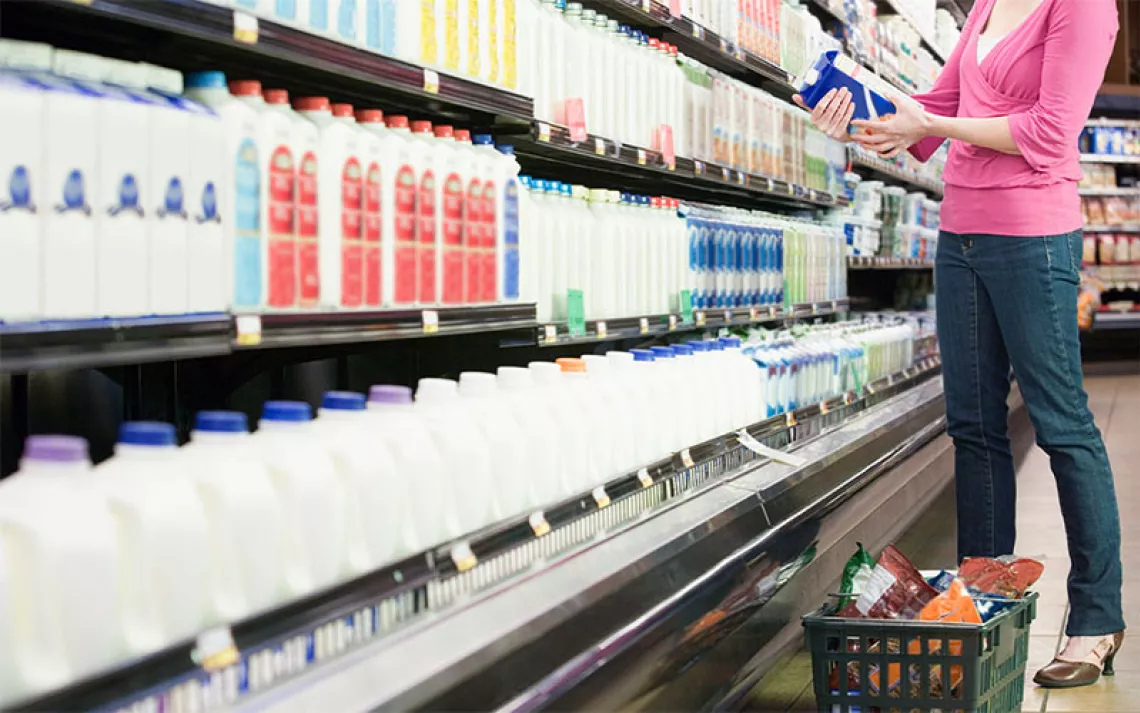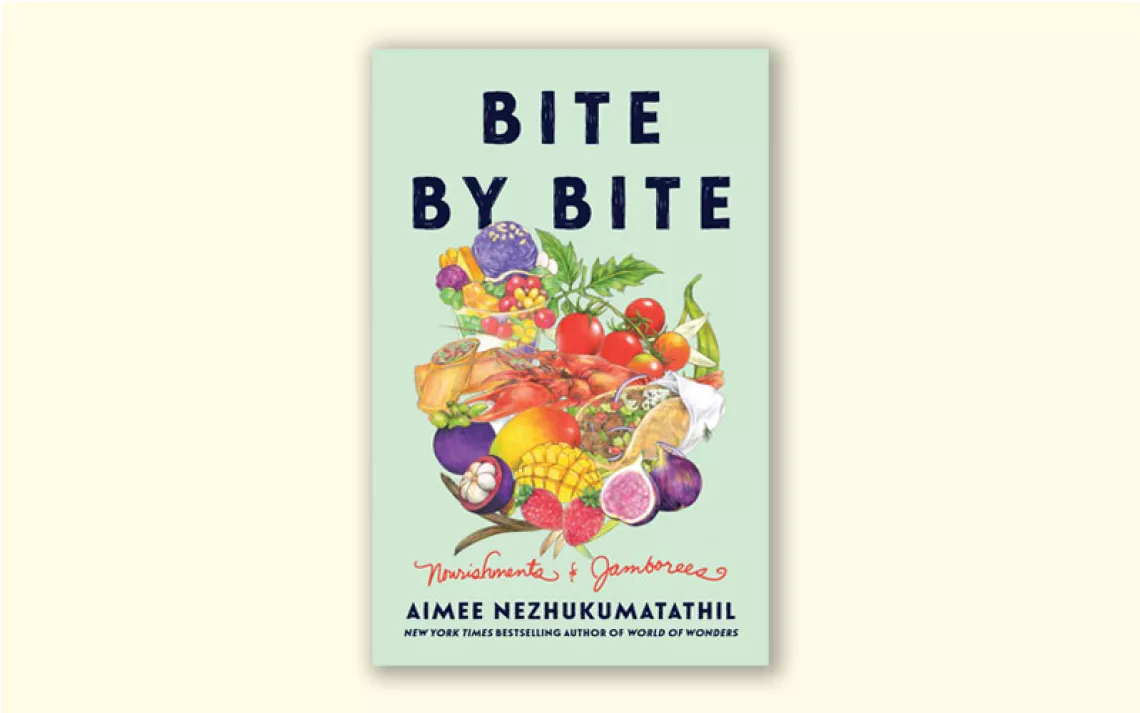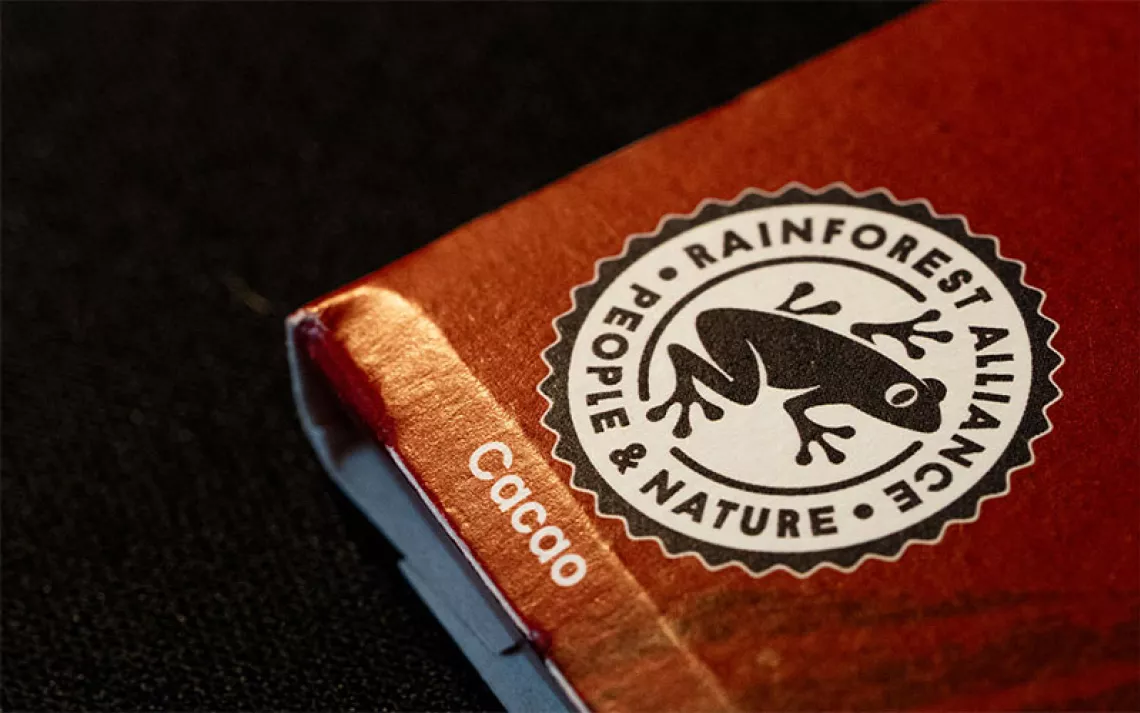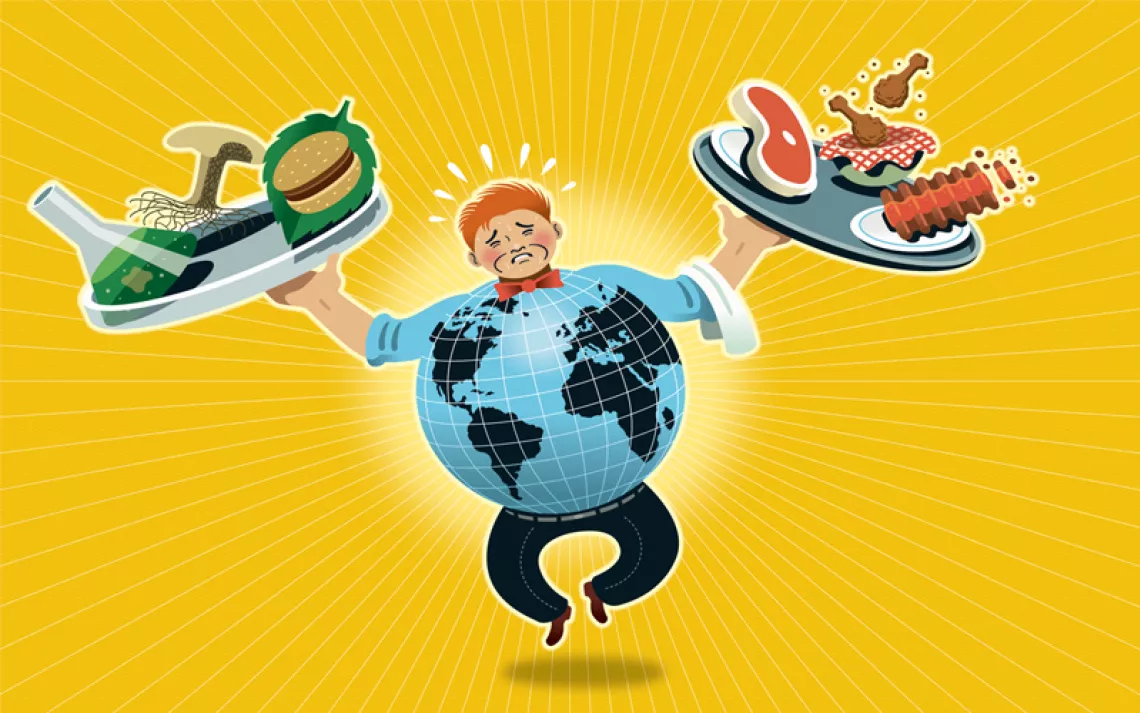Decoding Organic Labels
A guide to help make your organic shopping choices clearer
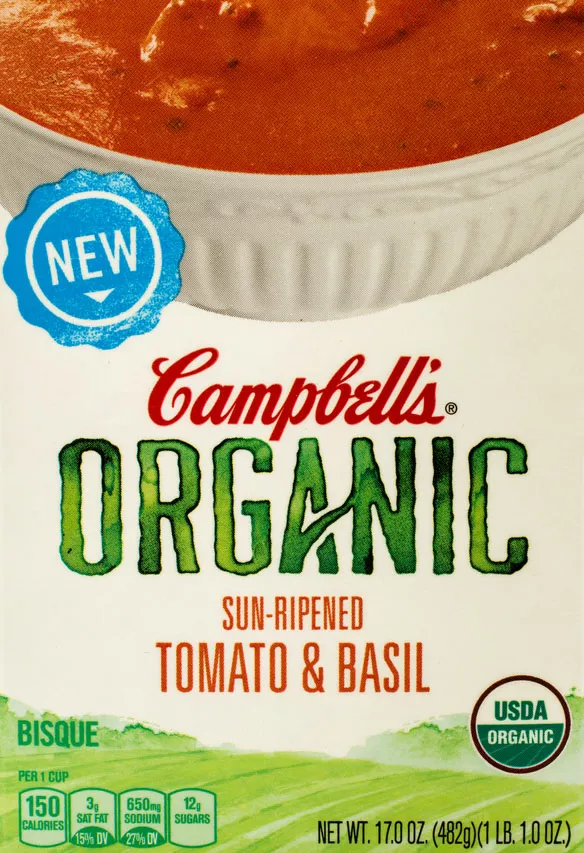
Heading to the store to pick up something tasty, fresh, and healthy for dinner should be an easy task. But the barrage of boasts on food packaging—"natural," "free range," "organic," "sustainable"—may leave you wondering which claims to believe. And the confusion isn’t limited to grocery items. Over the last 15 years, "environmentally friendly" products of all kinds have burst into the mainstream as businesses seek to cash in on the growing interest in responsible consumption. With so much to choose from, how can we be sure we’re making the right choices?
Government labeling programs have provided one answer since 1977, when Germany introduced its Blue Angel eco-label to raise environmental awareness, encourage market innovation, limit pollution, and promote resource conservation. Today Blue Angel certifies 3,700 products and is recognized by nearly 70 percent of German consumers. More than 25 other countries, from Singapore to Canada, now also have national eco-labels applying to a wide range of goods.
In contrast, most eco-labeling initiatives in the United States are driven largely by the private sector, and minimally monitored by the Federal Trade Commission. While FTC guidelines require truth in advertising, the standards remain vague at best, and don’t even address increasingly common terms like "sustainable" or "free range." Given the lack of adequate outside scrutiny, Dr. Urvashi Rangan, director
of the Eco-Labeling Project for watchdog group Consumers Union, cautions shoppers to do their research before they buy. "If industry is making an honest effort, by all means we are for it," she says. "But some companies are using the environment as a marketing gimmick." Rangan notes that many cleaning products now carry the term "eco-friendly," but have changed few—if any—of their dangerous ingredients. As another example, she cites "organic" claims that appear on cosmetics even though the word bears no official meaning in that product category.
To make up for the lack of federal oversight, a number of environmental and consumer groups have developed programs to evaluate and certify products that promote everything from organic farming to forest conservation, green energy to labor rights. By buying the right food, wood products, and appliances (to name just three main categories where eco-labels have taken hold), you can support sustainable farming and fishing, help protect forests, reduce our reliance on fossil fuels, and slow global warming. Here’s a guide to help make your shopping choices clearer.
For more information, check out "The Consumers Union Guide to Environmental Labels" at www.eco-labels.org. This comprehensive site issues "report cards" for a variety of labels, giving the best ratings to those with consistent, verifiable standards that are developed with broad public input and free from conflict of interest.
IN THE GROCERY STORE
USDA Organic
www.ams.usda.gov/nop
Since its creation in the early 1970s, "organic" has become the most widely recognized environmental label in the United States. With sales of organic food increasing 20 percent a year, an industry that was once dominated by small, independent companies now finds big players like General Mills and Heinz jumping into the game. But until recently there were few safeguards to verify organic claims. Though Congress passed the Organic Foods Production Act in 1990, it took a decade of heated debate for the U.S. Department of Agriculture to adopt final certification and labeling rules.
For at least three years before harvest, land used for organic production must now be free of pesticides, synthetic substances, and petroleum-based fertilizers as well as those containing sewage sludge. The regulations also ban the use of genetically modified organisms or ionizing radiation (irradiation), and prohibit antibiotics and growth hormones in raising animals for organic meat. With USDA oversight, these claims are verified by over 50 private certifiers and 15 state agencies that must uniformly comply with the federal standards.
To carry the label, products must be 95 percent organic by weight, although those "made with" organic ingredients may have as much as 30 percent non-organic content. (Products that are less than 70 percent organic may only list organic ingredients; they may not display the organic label on their packaging.) The standards don’t require delis or restaurants to back up organic claims, and regulations have yet to be developed for some products, including mushrooms.
Who’s Behind It: The National Organic Standards Board, which assisted in developing the new rules, includes organic growers, producers, retailers, and consumer and environmental groups. The Organic Trade Association supports the USDA’s final rules, touting increased consistency in labeling and broader consumer recognition.
Who’s Not So Sure: While the new regulations enjoy wide support in the organic industry, they are not without controversy. "We’ve been critical of the whole idea of placing the organic program in the hands of the USDA," says Ronnie Cummins, executive director of the Organic Consumers Association, who considers the standards "minimal." "They stop short of promoting social justice, fair trade, or local food production, things we’d like to see part of a true organic label."
Watchdog groups are also keeping an eye on attempts by corporate agribusiness to muscle its way onto the board and weaken the regulations. "They’ve tried to roll back the standards for confinement of farm animals and use of organic feed for poultry," says Cummins. "We’ve won the first few skirmishes, but I think the fight is just beginning."
Where You’ll Find It: Organic produce, meats, grains, and dairy products are fast becoming common in conventional supermarkets.
The Food Alliance
www.thefoodalliance.org
In 1994, a group of Pacific Northwest researchers and farmers formed the Food Alliance to promote sustainability in farming practices, using a broad set of social and environmental criteria. Participating farms must develop plans to reduce pesticide use, conserve soil and water, protect wildlife, and provide healthy and safe working conditions. The use of genetically modified organisms is prohibited, but not all farms are organic. So far, the group has certified over 2.75 million acres on 140 farms in the Northwest and Midwest, from small orchards to large ranches.
Who’s Behind It: The Food Alliance is a coalition of farmers, scientists, grocers, processors, and distributors. Its Stewardship Council, which advises the board of directors and helps review and improve evaluation standards, includes individuals from the EPA, Public Citizen, and Defenders of Wildlife. Until recently, farmers dominated the organization’s board of directors, but now agricultural researchers and organic advocates have a more prominent presence.
Who’s Not So Sure: Rangan of Consumers Union calls the group’s goals laudable, but their socially responsible guidelines "vague," noting that they lack specific standards for securing worker health insurance and setting minimum wages.
Where You’ll Find It: Food Alliance—certified fruits, vegetables, herbs, dairy products, beef, nuts, and wines are available in Washington, Oregon, Montana, and other western states, as well as some national chains such as Whole Foods. The group next plans to certify bananas for Hawaii stores.
The Marine Stewardship Council
www.msc.org
Founded by the World Wildlife Fund and the multibillion-dollar British conglomerate Unilever, the world’s largest buyer of seafood, the Marine Stewardship Council is the first and only organization to certify international fisheries for long-term sustainability. (The group has been run as an independent nonprofit since 1999.) Each fishery is examined for its impact on fish populations, habitat, and ecologically dependent species, and for the effectiveness of its management systems. The council does not certify farmed fish. Guidelines are broad, and individual standards are developed for each fishery.
Who’s Behind It: The fishing industry is well represented on the council’s ten-member international board. Unilever has announced plans to ensure that all of its fish come from certified fisheries by 2005. The Natural Resources Defense Council and Consumer’s Choice Council, a nonprofit coalition of environmental and human-rights groups, have expressed support for the label.
Who’s Not So Sure: Some conservation and fishing organizations, including the Sierra Club, the National Audubon Society, and Greenpeace, are concerned about the group’s certification choices. "They are turning a blind eye to the controversies," says Vivian Newman, vice chair of the Sierra Club’s National Marine Wildlife and Habitat Committee.
The council’s certification of New Zealand hoki, the country’s largest commercial fishery, with an annual catch of over 200,000 tons, sparked fierce protest. Local environmentalists claim that over a thousand seals and seabirds, including three albatross species listed as threatened by the International Union for Conservation of Nature, are fatally entangled in hoki nets each year.
Environmental groups are also opposing the proposed certification of Alaska pollock, a major food source for the threatened Steller sea lion and the world’s largest fishery, with an annual harvest of over 1.1 million tons. "They should be maintaining the integrity of the ecosystem, but that does not seem to be the case with pollock," says Phil Kline, a fishery policy expert with the international advocacy group Oceana. In 1998 and 2000, the National Marine Fisheries Service implicated the pollock fishery in the decline of sea lion populations, which have fallen more than 80 percent since the 1970s. Kline favors the Audubon Society’s "Seafood Lover’s Guide," a scale ranking the health of various fish and shellfish species, available online at www.audubon.org/campaign/lo/seafood.
Where You’ll Find It: The Marine Stewardship Council has certified six fisheries worldwide: Alaska salmon; New Zealand hoki; western Australia rock lobster; and Thames River herring, Burry Inlet cockles, and southwest mackerel handline in the United Kingdom. While the entire Alaska salmon fishery is certified, council spokesperson Karen Tarica notes that few American stores have pursued licensing to use the label. Consumer exposure to the label in the United States is generally limited to Alaska salmon in Whole Foods, some individual specialty products such as smoked and canned salmon, and certified lobster in some restaurants. The council is assessing 18 other fisheries for future certification.
WHEN BUYING WOOD
The Forest Stewardship Council
www.fscoax.org
Launched in 1993 by a World Wildlife Fund—led coalition of environmental organizations, industry groups, and indigenous communities, the Forest Stewardship Council certifies responsible management of forests around the world. Its standards limit average clearcut size to 40 acres, prevent conversion of natural forests to plantations, prohibit the use of genetically modified organisms, limit chemical use, and address labor concerns. Its unique "chain of custody" system tracks the fate of certified wood from harvest to milling to retail sale.
While FSC rules do not prohibit the harvesting of old growth, they do restrict logging in old-growth stands of 15 acres or greater and require protection of "high conservation value" forests. Chip- and fiberboard may receive the seal of approval when as little as 30 percent of the product comes from certified forests.
Who’s Behind It: The Forest Stewardship Council is backed by 14 major environmental groups, including the Sierra Club, Friends of the Earth, Greenpeace, and the Natural Resources Defense Council, which calls the FSC the "only environmentally credible forest-products certification and labeling program in existence today." The Rainforest Alliance, among other groups, provides on-the-ground review and certification of wood products for FSC through its SmartWood program. The Certified Forest Products Council essentially serves as the FSC’s marketing arm.
Who’s Not So Sure: Oakland-based Scientific Certification Systems reviews wood products for the FSC but now also plans to launch its own forest label, citing increasing red tape and certification costs. Some groups, including the Sierra Club, have questioned individual forest certifications while remaining supportive of the program as a whole.
Where You’ll Find It: Over 8.3 million acres in the United States are FSC-certified, and more than 8,000 forest products–including plywood, furniture, and hardware–have been certified worldwide. The FSC label is found on lumber and wood products at the Home Depot and Lowe’s, and on sundry items such as Victor mousetraps, Gibson guitars, Venture snowboards, and wood-handle brushes at the Body Shop.
The Sustainable Forestry Initiative
www.afandpa.org/forestry/sfi
The American Forest and Paper Association, the trade organization for the U.S. forest-products industry, started the Sustainable Forestry Initiative in 1994. Participation is mandatory for AFPA members, among them timber giants Weyerhaeuser, Georgia-Pacific, and Plum Creek. According to spokesperson Michael Klein, certification promotes the conservation of wildlife, soil, vegetation, aesthetics, and air and water quality by limiting clearcut size, requiring replanting after harvest, and identifying sites of ecological significance.
Who’s Behind It: The SFI’s board is heavily influenced by its industry members. "It’s clear who’s running the show," says Daniel Hall, director of the Forest Biodiversity Project at the American Lands Alliance. "It’s about timber, first and foremost." Yet board members also include the heads of the Nature Conservancy, the Conservation Fund, and Conservation International. "By working with the SFI and engaging industry, we hope to have more influence over the program’s direction," says Nature Conservancy spokesperson Jordan Peavey.
Who’s Not So Sure: Many environmentalists remain skeptical of the council’s vague and open-ended standards, which often allow companies to practice business as usual. Unlike the Forest Stewardship Council, the Sustainable Forestry Initiative does not have a prohibited list of pesticides, a policy to limit harvest of old growth, or any ban on the conversion of natural forest to plantations. Genetically modified organisms are allowed, and average clearcut size may be up to three times larger than in FSC-certified forests. The SFI also does not address social impacts or labor concerns. As the Natural Resources Defense Council sums up, most environmental groups "do not believe that SFI merits a ‘green’ certification label for wood products at this time."
Where You’ll Find It: The SFI has certified more than 100 million acres in the United States and Canada but has delayed launching of its marketplace label, claiming weak consumer demand. Participants manage more than 90 percent of private timberland in the United States.
TO SAVE ENERGY
Energy Star
www.energystar.gov
The decade-old federal Energy Star program has become one of the most commonly seen labels in the United States. Energy Star represents the top 25 percent of energy-efficient appliances; electronics; building supplies; and lighting, heating, and cooling equipment. Specifications vary by product and are revised every three to four years.
Who’s Behind It: Standards are initially developed by the EPA and Department of Energy with industry input, then opened to review and comment from the public, along with environmental and consumer groups. Despite some concerns, several conservation organizations back Energy Star, including the Alliance to Save Energy, the Natural Resources Defense Council, and the Sierra Club. "Energy Star’s claims of cost savings resonate with consumers," says Noah Horowitz, a senior scientist with the NRDC. "They’ve done a great job providing a good starting point."
Who’s Not So Sure: Energy Star lacks a life-cycle evaluation that would reveal true energy consumption from production to end use, particularly for products such as computers. Because of this, Urvashi Rangan of Consumers Union believes that "Energy Star may be missing the big picture."
"Energy Star’s efficiency standards are a weak approach, but probably all the nation can muster at this point," adds Paul Craig, chair of the Sierra Club’s National Global Warming and Energy Program. "It’s the only game in town." And one whose future might not look as bright as its past. Although the Bush administration has launched an aggressive Energy Star marketing campaign, it has simultaneously worked to ease federal efficiency standards on appliances such as air conditioners.
Where You’ll Find It: Recognized by over 40 percent of U.S. consumers, the Energy Star label appears on some 11,000 products, including computers, refrigerators, televisions, dishwashers, and stereo systems.
Green-e
www.green-e.org
A program of the San Francisco–based Center for Resource Solutions, Green-e certifies green-power producers that use renewable sources—solar, wind, geothermal, biomass, or small-scale hydro facilities. Nuclear energy is not allowed. Participating suppliers must submit to third-party audits and disclose energy sources to consumers.
While supporting renewable energy, Green-e allows providers to supply up to 50 percent of their power from conventional sources. "The more renewable the product, the more expensive it is," says Green-e spokesperson Këri Bolding. "It’s definitely a balance between promoting green energy and providing a viable product."
Who’s Behind It: Green-e’s governing board includes power-industry representatives, the Natural Resources Defense Council, the American Lung Association, Environmental Defense, and the Union of Concerned Scientists. Renewable-energy consultant Scott Sklar applauds the group’s biomass standards, calling them "spiffy clean."
Who’s Not So Sure: A fairly recent program, Green-e remains largely unknown and without major critics. Its inclusion of biomass as an approved energy source has raised some eyebrows, since these facilities may generate power by incinerating municipal waste or participating in wood-to-energy programs that endanger native forests.
Where You’ll Find It: In 2000, there were 160,000 Green-e residential and commercial users nationwide. Green-e was hit hard, however, by the California energy crisis, which forced many certified power providers out of business and left potential customers without a green option. (These small suppliers often could not afford to purchase power at the sky-high prices during that time.) Green-e companies continue to sell directly to consumers in five states with deregulated markets—Pennsylvania, Ohio, New Jersey, Connecticut, and Texas. Green-e plans to expand into New York, Michigan, Illinois, and a handful of New England states.
THE WIDE WORLD OF ECO-LABELS
Every time you go shopping, it seems like there’s a new eco-label promoting anything from pesticide-free produce to salmon-friendly wine. Below is a quick roundup of some more labels you might see.
Core Values Northeast
www.corevalues.org
The Core Values Northeast program was created by Mothers and Others for a Livable Planet in 1995 to certify fruits and vegetables grown using integrated pest management—a technique that relies on crop rotation, host-plant resistance, and biological controls to minimize pesticide use—and to promote locally grown food. However, the program maintains no list of acceptable or prohibited pesticides. Products, primarily apples, are available in a handful of stores in the Northeast.
Demeter Certified Biodynamic
www.demeter-usa.org
Food bearing the Demeter label has been grown using a "biodynamic" or "close to biodynamic" approach that incorporates cosmic rhythm, healthy soil, organic fertilizers, composting, and a "holistic approach to problem solving" on the farm. Crops may not be grown under high-voltage power lines, and use of genetic engineering is prohibited. Demeter’s certified breads, flour, produce, clothing, skin-care products, and dairy items are available mostly direct from distributors.
Green Seal
www.greenseal.org
Started in 1989, Green Seal is one of the nation’s oldest eco-label programs. You may not see it in stores, however, as the program works mainly with governments and large institutions. Green Seal has certified over 300 products—including paper, cleaning supplies, and alternative-fuel vehicles—for their reduced environmental impact.
NutriClean
www.scs1.com/nutrihome.shtml
This Scientific Certification Systems program tests produce for pesticide residues, which it doesn’t allow to exceed concentration levels of .05 parts per million. All participating farmers, packers, and distributors must disclose chemicals used throughout the shipping and marketing process. The NutriClean Pesticide Residue Free label appears on fruits and vegetables in many grocery stores nationwide.
Protected Harvest
www.protectedharvest.org
Created by the World Wildlife Fund, the Wisconsin Potato and Vegetable Growers Association, and the University of Wisconsin, Protected Harvest certifies that potatoes have been raised using integrated pest management techniques. The label, launched in 2001, is found in stores throughout the Midwest and along the East Coast.
Rainforest Alliance Certified
www.rainforest-alliance.org/programs/cap/index.html
The Rainforest Alliance seal of approval on coffee, bananas, and orange juice indicates that the beans and fruit have been grown in an environmentally responsible way, incorporating integrated pest and disease management, soil and water conservation, fair labor practices, and good community relations. Set by the Sustainable Agriculture Network, and also sold under the labels "ECO-O.K." and "Better Bananas," these standards promote tropical conservation and sustainable commercial agriculture practices. The Alliance has certified over 130,000 acres in Central and South America, the Philippines, and Hawaii; its products are available in supermarkets and specialty stores nationwide.
Salmon Safe
www.salmonsafe.org
Salmon Safe recognizes farms that contribute to restoring ecosystem health in native salmon fisheries of the Pacific Northwest. Agricultural operations must promote viable streams and wetlands through proper water use, erosion control, chemical management, and environmentally sound animal husbandry. More than 30,000 acres have been certified, and the label is found on wine, fruit, milk, and rice in natural-food stores and specialty wine shops nationwide.
 The Magazine of The Sierra Club
The Magazine of The Sierra Club
